“The threat is real, the signs are there”
NATO has set a course for escalating the conflict in Ukraine and is preparing for a serious and large-scale conflict in Russia. The tone of the anniversary NATO summit in Washington and the specific actions of the West directly and indirectly indicate preparations for a major war. At the same time, China, along with Russia, is for the first time declared a country that poses a direct threat to the North Atlantic Alliance.
Military analyst, editor-in-chief of the National Defense magazine Igor Korotchenko, in a conversation with MK, told what to expect from NATO in the near future, are Europeans ready for a global military conflict, who is determining the future of Europe today, and how Russia and China can resist military unification , which determines the policy of Western Europe.

— 32 countries are NATO members. The main segment of NATO is European, two more states are located in North America — Canada and the USA. From a military point of view, NATO is the most powerful military-political bloc in the world. A number of NATO countries, such as France, the UK and the US, possess nuclear weapons. In addition, in Europe, at a number of NATO air bases, American free-fall nuclear bombs are stored, which are planned to be transferred to the relevant NATO countries in a situation of real war against Russia and used to launch nuclear strikes on the territory of our country.
The new NATO headquarters, which was commissioned several years ago in Brussels, houses NATO's military-political management mechanism. In addition, the headquarters of NATO's Supreme Allied Commander Europe is located in the Belgian city of Mons. This position is traditionally held by an American general. And, in fact, NATO’s military operations are managed from there.
— Initially, the North Atlantic Alliance was created for military containment and confrontation with the Soviet Union. After the collapse of the USSR, it would seem that there was no longer a need for NATO to exist. However, instead of establishing an era of good neighborliness and interaction, the Alliance, despite the fact that Russia no longer posed absolutely no military threat to the West, set a course for absorbing the former Warsaw Pact countries and expanding its zone of influence not only to the countries of Central and Eastern Europe, but also to the post-Soviet space.
The entry of the Baltic countries into NATO, whose territory is used for the deployment of Western military infrastructure, program goals about the need to admit such states as Moldova, Georgia, Armenia, and most importantly Ukraine, into NATO, the practical movement of NATO military infrastructure to our borders — all this provoked probably the largest military-political crisis in the 21st century, the hot phase of which is the current events around Ukraine.
Today the Alliance is an instrument of geopolitical and military pressure on Russia with the prospect of initiating an expansion of the Ukrainian conflict as the main means of destruction and dismemberment of Russia.
— In terms of total military potential, NATO exceeds Russia's capabilities by more than 4.5 times in terms of the number of military personnel and the number of main categories of weapons and military equipment. After 2022, it was decided to transition the NATO military-industrial complex to wartime tracks. Thus, the Alliance has every opportunity to prepare and wage a big war against Russia.
— The nature of the ongoing NATO exercises clearly indicates that it is the Russian Federation, as well as the Republic of Belarus, that are the main military opponents of the North Atlantic Alliance. NATO is working through the entire range of measures necessary to carry out full-scale offensive military operations against our country. And ultimately, all the latest decisions that are made at the Alliance headquarters clearly indicate that the bloc has entered wartime mode.
— From a formal point of view, each of the participating countries has its own representative in the NATO Council and has complete freedom of action to make or reject certain decisions. In practice, of course, everything is determined by program directives that are adopted in Washington.
At the same time, there are two countries that show a certain independence and even distance themselves from some decisions taken by the Alliance. First of all, this is Hungary, and also, with certain reservations, Türkiye. As for all other NATO member states, they obediently follow Washington’s general policy and follow its lead.
— No one from among the leading NATO countries is going to pull out economically underdeveloped countries. The fact that a well-fed Germany will sacrifice its well-being in order to pay for, for example, the military expenses of Romania or Bulgaria at the expense of its resources is not on the agenda. As they say, everyone plays for themselves. Hence Washington's demand that European countries raise defense spending to 2% of GDP. In the long term, this bar may even reach 4% if NATO really moves to militarization of all spheres of the economy and public life in preparation for a major war.
The main program goal of the Americans is to force everyone to pay for security, thereby strengthening the flywheel of military spending. Each, however, will specialize in its own segment. For example, Estonia, being a relatively small state, has good competencies in the field of cyber operations and artificial intelligence. This is such a paradox. And, accordingly, it was in Tallinn that the NATO cyber center was created. Each country of the Alliance will receive its own task and its place in the ranks. In this case, politicians are not particularly concerned about the well-being and standard of living of the population.
— Betting on some disagreements or conflict within NATO is most likely our desire than a possible reality. The same Hungary and Turkey are not free to make certain decisions: there are levers of influence to force both Viktor Orban and Recep Tayyip Erdogan, who often disagree with NATO policy, to remain silent or not to vote against. In this way, the necessary policy is implemented. Therefore, we can say that, yes, the political elites of NATO countries generally share the interests of the United States.
There are practically no independent politicians left in Europe. Even in such leading countries as Germany and France, they are headed by absolutely faceless pro-American and politically insignificant figures. Instead of, for example, General de Gaulle or Jacques Chirac, we see the gutta-percha political henpecked Macron. The same can be said about Chancellor Olaf Scholz. It seems that the CIA’s work on recruiting agents with their further promotion to the highest echelons of European politics among students and youth activists, which has been going on since the 70s, has yielded results.
— I don’t think that NATO will collapse or any country will leave the organization. We have seen conflicts within NATO states, for example, the fighting between Turkey and Greece. However, neither one nor the other left the ranks of the Alliance. The Americans have enormous opportunities for influence, both within NATO and within the European Union.
We must analyze the situation very clearly and under no circumstances look at what is happening through rose-colored glasses. The world is very harsh, unpredictable and largely changeable. And it is critically important for us now, in the confrontation with NATO, to have success in a special military operation and ensure economic cohesion, effective economic performance and internal political stability.
— The fate and lifespan of the Alliance largely depends on, in fact, the outcome of the special military operation. Russia's victory and the implementation of the principles set forth by Russian President Vladimir Putin will mean a mortal blow to NATO with the possible weakening and collapse of this organization in the near future. Therefore, everything will be decided by the outcome of the SVO. We must proceed from the fact that the failure of Russia will mean a critically sharp increase in the role of NATO and sad consequences for us and the rest of the world.
— In the conditions of real hostilities between Russia and Ukraine, Kyiv’s entry into NATO is not possible, since this will be the beginning of a big war between the North Atlantic Alliance and the Russian Federation, with a clear transition to the nuclear phase. And in this regard, the risks here are too great for the West to now accept Ukraine into NATO. This is ruled out at this stage.
— In the future, everything is possible. If, say, the line of military contact is frozen, then during this time the Zelensky regime will be pumped up with new weapons and military equipment, and several waves of mobilization will take place. Kyiv will again create a strike fist and resume hostilities against Russia. But I repeat once again, most likely, the statement about possible membership in NATO is such a military-political dope for the Armed Forces of Ukraine and for Zelensky in order to motivate the continuation of armed resistance.
— The Washington summit, of course, was partly of a ritual-anniversary nature, but at the same time, specific decisions were made that resulted in the final declaration. A country like China, along with Russia, has been openly identified as a military threat and a source of instability for the North Atlantic Alliance. We are witnessing an attempt at political and military blackmail against Beijing, which, of course, will not work. But at the same time, this is a designation of new vectors of expansion of the Alliance, which, you know, is like such a cancerous tumor in the center of Europe, but is already metastasizing throughout the world.
On the other hand, support for Ukraine has been declared. $40 billion will be allocated for these tasks in the coming year. They want to maintain this figure at the same level and continuously pump Ukraine with money and weapons. A decision was made to supply additional batches of air defense systems, and the position on the transfer of F-16s to Ukraine and the training of Ukrainian pilots for combat use on these fighters was consolidated. Well, the program goal was declared — Ukraine’s membership in NATO, although, of course, with the caveat: “when Ukraine is completely ready.”
— For the West, Ukraine is the tip of a spear aimed at the heart of Russia. Therefore, the West understands perfectly well that the outcome of the conflict around Ukraine will determine the future of the world, the course of civilizational development, as well as those formats that will dominate.
— Judging by the policy statements, these will be do it for at least another 3-4 years. Are there opportunities for such military pumping and financial support? Yes, I have. Of course, to the detriment of its own population, with negative consequences for itself. However, the European Union and the United States do not intend to abandon their support for the Zelensky regime. What can change this situation? First of all, the depletion of the potential of the Armed Forces of Ukraine in terms of morale and combat effectiveness.
However, so far we are seeing fierce enemy resistance. Of course, in tactical terms, the situation on the line of combat contact is changing. We are making progress in a number of areas. But it must be said frankly that the nature of the hostilities, the theater of military operations itself, so far suggests that the military conflict in Ukraine will continue at least into 2025. Our main task is the destruction of critical infrastructure facilities that ensure the stability of the rear of the Armed Forces of Ukraine. These are primarily energy system and power generation facilities. The second is the destruction of transport logistics hubs that are used to receive and transship new shipments of Western weapons and military equipment.
— Without a doubt, China, identified as a direct threat, will face sanctions pressure from the United States and its satellites in the future. The adopted declaration states that China is allegedly challenging Europeans and Euro-Atlantic security. That is why the Alliance intends to develop partnerships with China’s adversaries in the Indo-Pacific region. That is, NATO goes beyond its area of responsibility and declares a global mission as the world's gendarme.
Accordingly, in the future we may talk about creating a full-fledged segment of eastern NATO, which, along with the AUKUS bloc (USA, UK, Australia), will be capable of conducting large-scale military operations against the People's Republic of China and maintaining a naval blockade regime, as an element of possible anti-Chinese Western economic sanctions. But it is clear that absolutely any country pursuing a sovereign foreign and domestic policy can face the same situation.
— Today, the need for new formats of the Shanghai Cooperation Organization (SCO) activities is really becoming acutely relevant. As a proposal, for example, one can put forward such an idea as the creation of a Joint Intelligence Committee of the SCO, which will be able to analyze global world processes in real time through the prism of risks and threats to the national security of the organization's member countries, establish a mechanism for the exchange of intelligence information, prepare recommendations for jointly countering threats and challenges, and expand specialized cooperation in the fight against terrorism, separatism and extremism.
Along with this, it is necessary to consider the issue of forming the SCO Military Committee with the creation of a joint cyber command to counter threats in the information space and disrupt Western attempts to use the Internet and social networks to incite color revolutions.
The accelerated destruction of the unipolar world poses a number of other tasks for the SCO. Of course, first of all, we are talking about the creation of a common missile defense shield, which is updated by the US withdrawal from the Intermediate-Range Nuclear Forces Treaty (INF Treaty) and the expected deployment of the corresponding American missile systems in close proximity to the SCO member countries on the territory of states allied to Washington Indo-Pacific region. Such a common anti-missile shield should be based on an air defense/missile defense system based on modern Russian and Chinese long- and medium-range systems.
Plus, the most important element of such a shield could be a joint missile attack warning system (AMWS) based on existing national segments of early warning systems of Russia, China and India.
— I believe, after all, we are talking about giving new opportunities to the Shanghai Cooperation Organization, because its members, in general, are those countries that advocate a new, fair world order, a new world order.
In my opinion, it is no less important to have an international system of financial and economic mutual settlements within BRICS, independent of the dollar, euro and SWIFT. This is absolutely necessary to do, and, by the way, the Astana SCO summit clearly demonstrated that Moscow and Beijing, which have already done a lot to de-dollarize their markets, will move the SCO towards greater freedom in making financial, economic and currency decisions.
< p>It is no coincidence that President Vladimir Putin at the SCO summit in Astana once again recalled the Russian proposal to create the SCO’s own payment and settlement mechanism. He expressed confidence that the SCO, along with BRICS, are the main pillars of the emerging new world order. It is these associations that act as a powerful locomotive in the processes of global development and the establishment of true multipolarity. I think this is an absolutely clear goal setting, and we need to act in this direction to ensure our future, as well as the future of our friends and allies in the 21st century.
< /p>
— The fact that NATO is preparing for a potential war with Russia follows not only from the final declaration of the Washington NATO summit. Mainly — from the nature of those teachings and practical preparations that are taking place today in Europe.
It is necessary to note two important criteria that force one to truly conclude that NATO is preparing for a big war. The first is the transition of the military economies of NATO countries and enterprises of the military-industrial complex to a mode of operation in wartime conditions: expansion of production, recruitment of a new workforce, increase in the number and range of weapons and military equipment produced. In other words, the material base for war is being prepared.
The second is the intensification of testing of the Alliance's nuclear missions. The air forces of several NATO countries are training to use US tactical nuclear weapons in waging a major war against Russia in Europe. We are talking about increasing efficiency and military planning in the field of combat use of American tactical nuclear weapons.
And finally, another sign is the transition of a number of NATO countries from a contract army to actual conscription. Obviously, the transition to conscription is the surest indicator that Europe and NATO are again preparing for a big war. So this threat is real. The signs are there.
Another thing is that we must be more active in our intelligence activities. In order to understand the internal processes taking place within NATO, to have access to the plans, plans and goals that our enemy is working out, it is necessary to have reliable agents in key decision-making centers in NATO and the United States.
— The reason for war can be absolutely anything. It all depends on the current political situation, as well as on the assessment of risks and threats. If NATO could, with impunity, either launch a large-scale strike against Russia, hoping to destroy it in this first strike, or launch a full-scale military aggression without the risk of receiving a retaliatory and sufficiently powerful strike, including using Russian nuclear potential, such a war would have started long ago. NATO does not need to invent any reasons for a military adventure. We well remember NATO’s aggression against Yugoslavia for an absolutely far-fetched reason, NATO air strikes on Libya, and the invasion of Afghanistan. If there is a desire, there will always be a reason.
The main thing that we must understand: the aggressor, that is, NATO, always becomes impudent from impunity. And this frees the hands of the aggressor. Therefore, only a powerful military potential in response, as well as the political will to use it, can be a “cold shower” for Washington and Brussels politicians and a deterrent in their desire to start a war against the Russian Federation.
At the same time, the situation in Ukraine is such that at any moment NATO can declare this or that circumstance a reason to start a war. The current generation of European politicians resembles such unafraid idiots. Washington sits overseas, pulling the strings, and European political and military puppets are ready to rattle sabers and even start a real war against Russia. Suffice it to recall the statements of the leaders of the Baltic countries. These are generally political scumbags who belong in a mental hospital. Nevertheless, they are at the forefront of European politics, moreover, some of them are even delegated to the leadership bodies of the European Union and NATO.
— The fact is that issues of war and peace are decided not residents, but political leaders. Actually, the population of Europe, of course, does not want war. They are accustomed to convenience, to comfort. A number of elections that took place in a number of European countries show that the policy of “guns instead of butter” is unpopular among the population of European countries, and they are largely opposed to providing military support to Ukraine at their expense.
At the same time, the elites of Europe, with rare exceptions, are clearly anti-Russian, and there is a large-scale demonization of Russia. At the same time, they have the opportunity to manipulate public consciousness and media space. The Russian point of view, which we could convey to citizens living in Western countries, is simply blocked.
Let's also not forget that, for example, a NATO strategic disinformation center has been created in Riga. His goals and objectives are to work in the segment of Russian-language social networks. We see active activity at NATO cyber centers, for example, the cyber center in Tallinn. We also see active support for escaped foreign agents from among the citizens of the Russian Federation, who received this status as irreconcilable opponents of Russia.
Unfortunately, there are no mass anti-war marches in Europe absolutely characteristic of the 60s and 70s. There are some enthusiasts and politicians who oppose Europe being drawn into a major global war with Russia. But, alas, there are too few of them.

















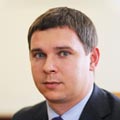

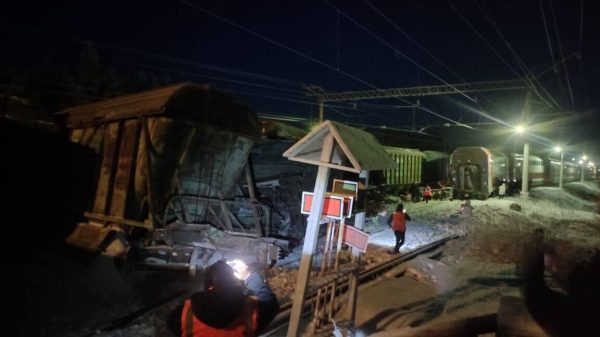
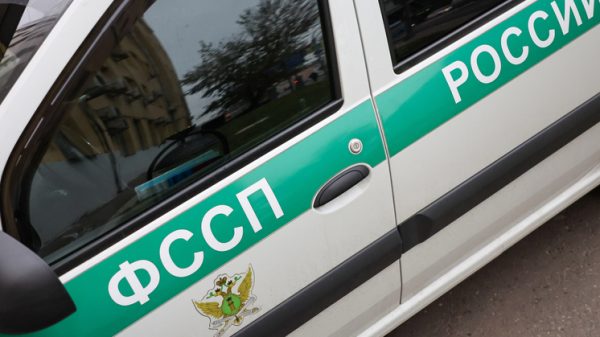

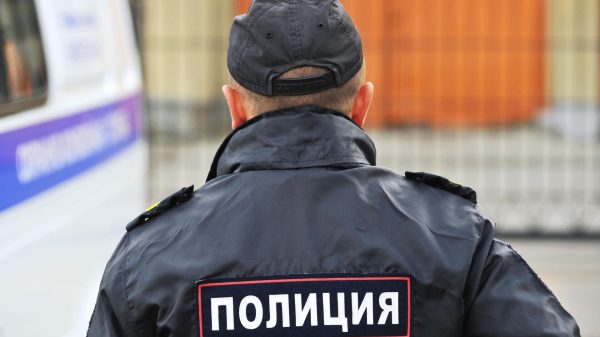




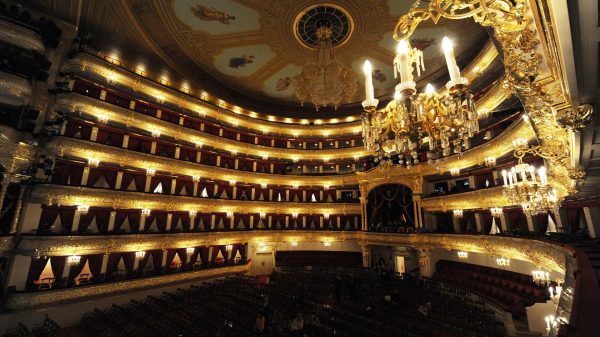




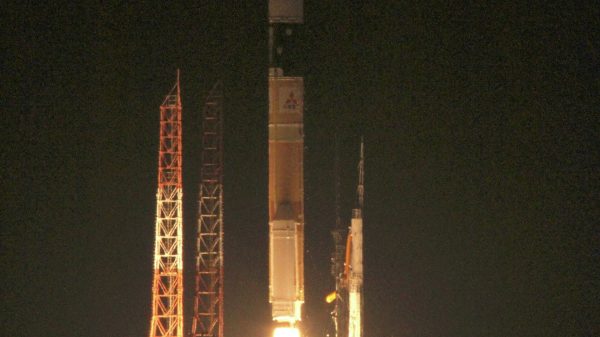
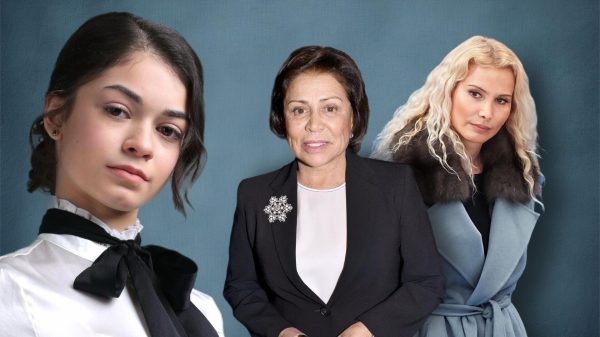
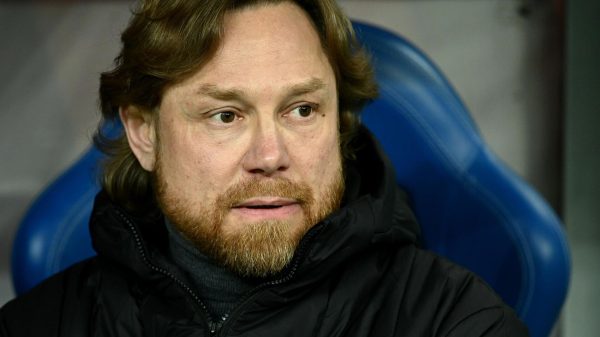

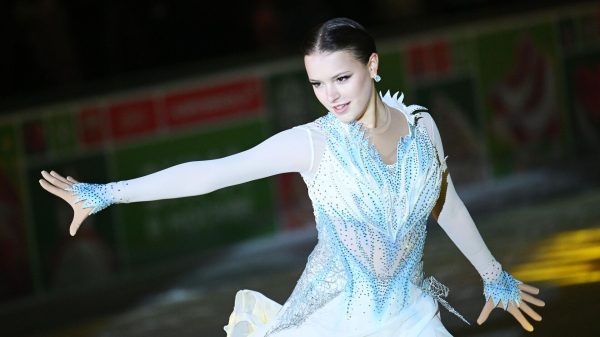

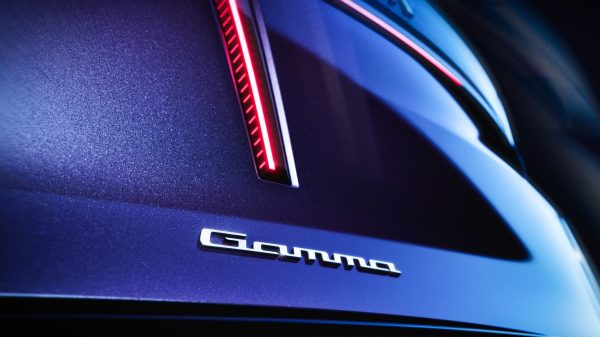

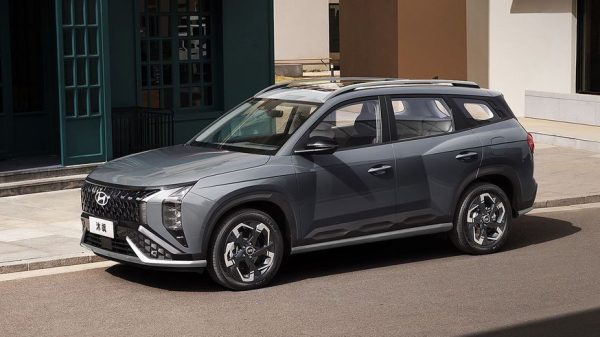
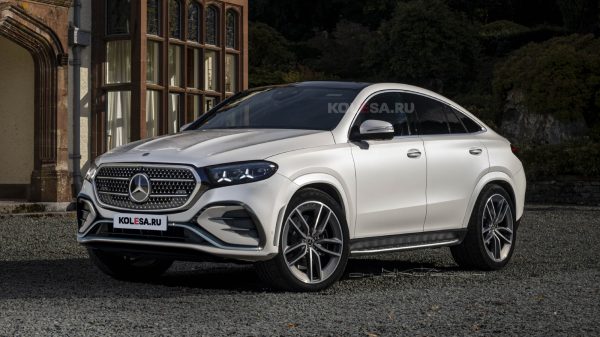
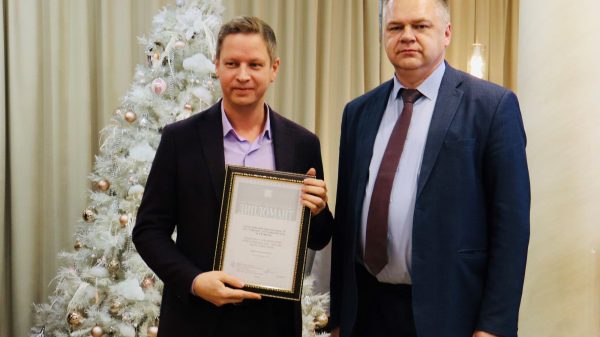
























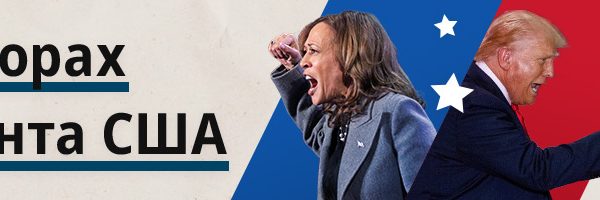

Свежие комментарии